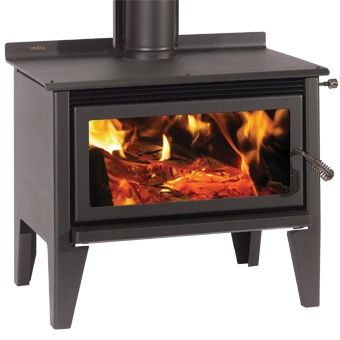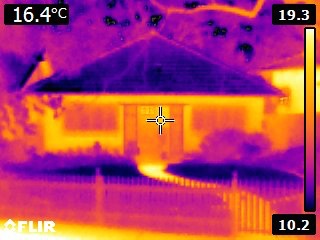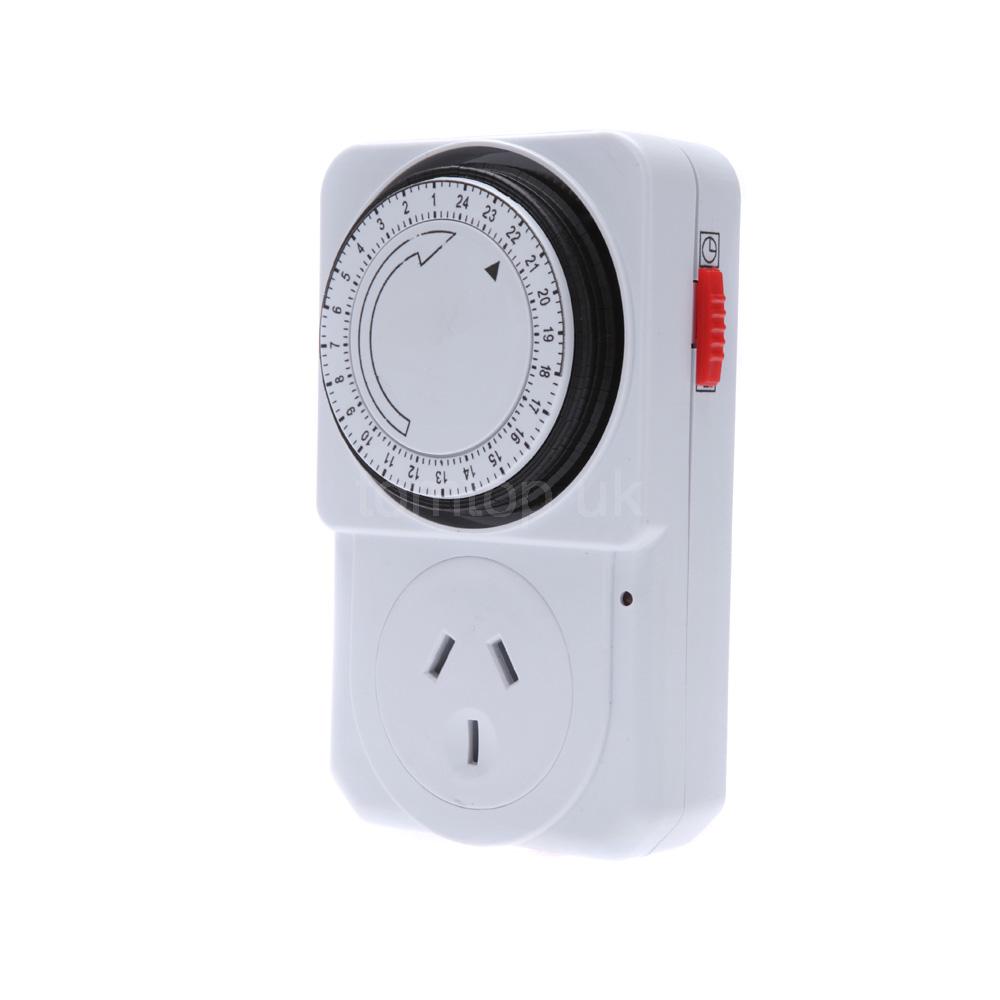A significant amount of heat can build up in your roof cavity, reducing the temperature in this space reduces the load on your roof insulation and hence helps keep your home cooler.
Window Insulation
Windows are both a major source of heat loss and heat gain in any home.
Options for reducing unwanted heat loss or gain through your windows:
Green Websites
Wall Insulation
Wall insulation is required in news homes but is rarely found in older homes. Brick cavity and brick veneer walls offer only relatively low levels of insulation from the external environment.
Roof Insulation
Roof insulation is readily available via a large number of vendors in Australia.
When installing roof insulation consider:
- Hyper insulation by insulating at least 2 R values above the recommended insulation level
- Choose natural products with low embodied emissions
- Ensure down lights are protected and insulation gaps around them are kept to the minimum required levels
- Thermilate paint additive internally on ceilings
Appliances
As part of your green home renovations consider energy savings which can be achieved through any appliance purchases which are made. Here are a few items to consider:
Water Efficiency Overview
Water is a precious resource which is largely taken for granted due in part to the very low cost of consumption. Drinking quality water is currently wasted on washing cars, watering gardens, flushing toilets. The water which is used is then flushed into our oceans where it carries the contaminants whichdegrade the underwater environment.
Radiators & Wetbacks
Heating from wood fires is considered to have one of the lowest levels of greenhouse gas emissions of any heating source provided that the wood which is burned has not needed to be transported long distances. This is often not possible in cities and the particle pollution associated with wood fires can also be a problem. In rural areas however wood fired heating is a good alternative to electricity and gas (which is usually only available in bottles).
Wood fired heaters can be made more efficient when combined with a wetback or water jacket which heats water which is then stored in a tank and reticulated through radiators or in-slab heating.
Wetbacks can also be configured to provide backup heating to solar hot water systems. Fires are most often used on cold overcast or cloudy days when the solar collectors are also of least use.
More information:
Energy Efficient Home Heating & Cooling
How many hours to run your swimming pool pump each day?
One of the most significant and easiest changes that can be made is the number of hours you run your pump for each day.
The most frequently used numbers seem to be:
- Winter – 4 hours/day
- Summer – 8 hours/day
- Make sure the total volume of water is circulated 1-2 times per day

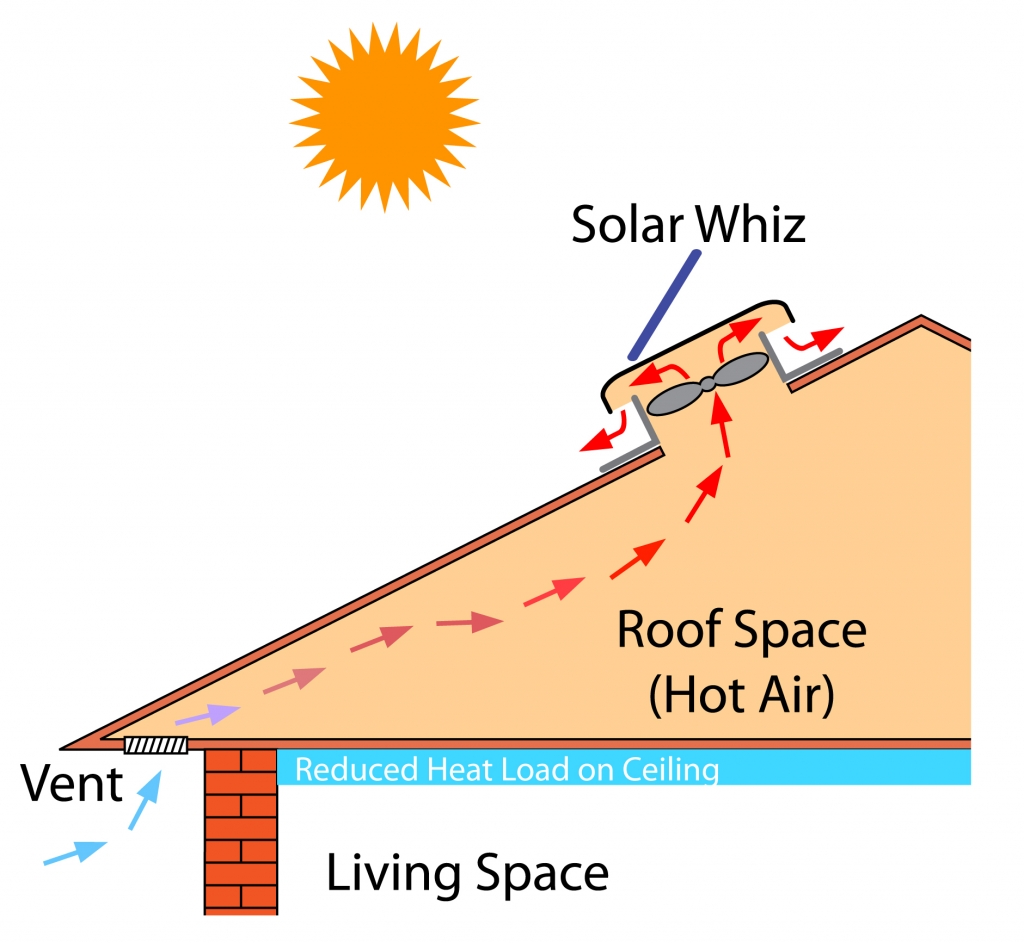

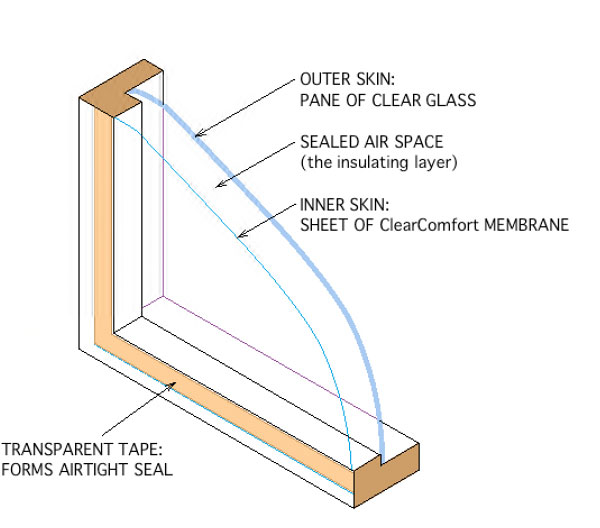

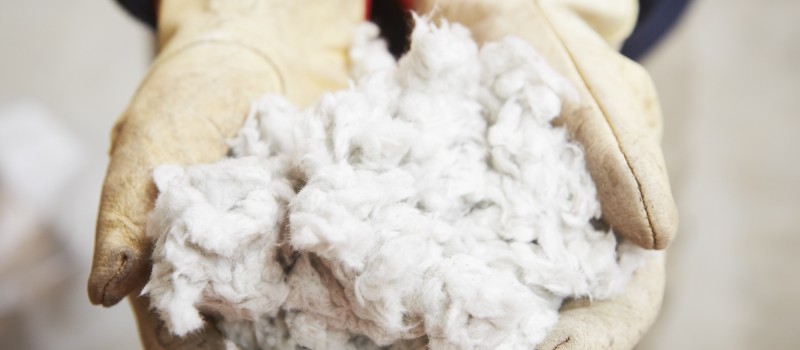
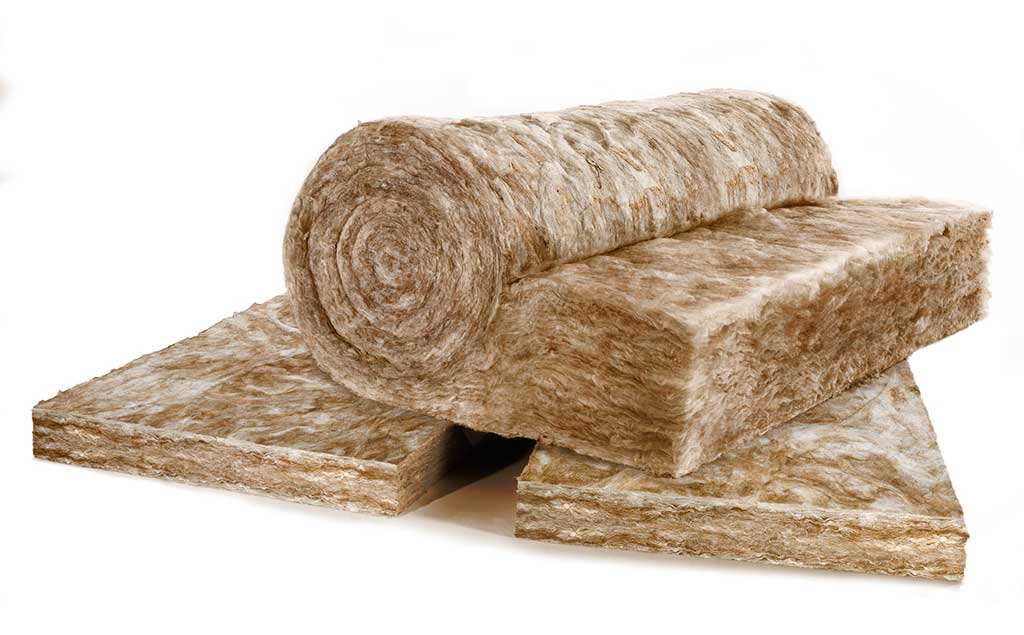
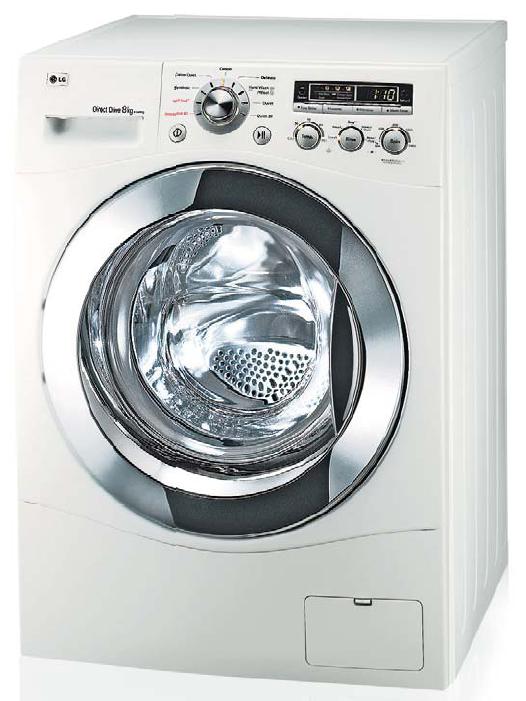
![By Anita Martinz from Klagenfurt, Austria [CC BY 2.0 (http://creativecommons.org/licenses/by/2.0)], via Wikimedia Commons](http://grenum.com/wp-content/uploads/2011/03/640px-Brass_water_tap.jpg)
